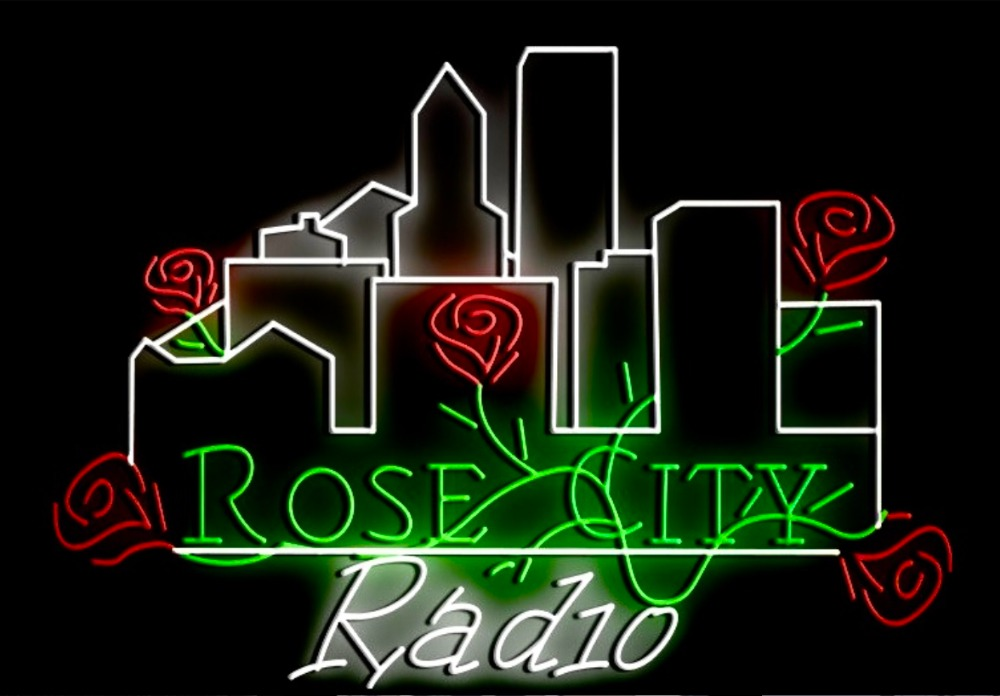60’s @ six

Show Times
Timezone: PDT [UTC-7]| Mon: |
6:00 am
-
6:59 am
[
-
]
6:00 pm
-
6:59 pm
[
-
]
|
Tue: |
6:00 am
-
6:59 am
[
-
]
6:00 pm
-
6:59 pm
[
-
]
|
Wed: |
6:00 am
-
6:59 am
[
-
]
6:00 pm
-
6:59 pm
[
-
]
|
Thu: |
6:00 am
-
6:59 am
[
-
]
6:00 pm
-
6:59 pm
[
-
]
|
Fri: |
6:00 am
-
6:59 am
[
-
]
6:00 pm
-
6:59 pm
[
-
]
|
Sat: |
6:00 am
-
6:59 am
[
-
]
6:00 pm
-
6:59 pm
[
-
]
|
Sun: |
6:00 pm
-
6:59 pm
[
-
]
6:00 am
-
6:59 am
[
-
]
|
About the Show
The 1960s was a revolutionary decade for popular music, witnessing an explosion of creativity, cultural shifts, and groundbreaking genres that continue to resonate to this day. From the British Invasion to the rise of psychedelic rock, folk revival, and soul music, the 1960s left an indelible mark on the musical landscape. Here’s a synopsis of the popular music scene during this transformative decade:
The early 1960s saw the continuation of the rock and roll movement that had emerged in the previous decade. However, it was the British Invasion that took center stage. Led by bands like The Beatles, The Rolling Stones, The Who, and The Kinks, British artists invaded the American music scene with their infectious melodies, catchy hooks, and rebellious spirit. They captured the hearts of millions, redefining popular music and establishing a new standard for songwriting and performance.
Simultaneously, in the United States, the folk revival was in full swing. Artists such as Bob Dylan, Joan Baez, and Pete Seeger used their music as a platform for social and political commentary. With their acoustic guitars and poetic lyrics, they sang about civil rights, anti-war sentiments, and the struggle for equality, influencing a generation of musicians and activists.
As the 1960s progressed, the counterculture movement gained momentum, and psychedelic rock took the stage. Bands like The Jimi Hendrix Experience, Jefferson Airplane, The Doors, and Pink Floyd embraced mind-expanding sounds, surreal lyrics, and experimental techniques. Psychedelic rock became the soundtrack of the hippie movement, reflecting a desire for peace, love, and spiritual exploration.
In parallel, soul music emerged as a powerful force, combining elements of rhythm and blues, gospel, and pop. Artists like Aretha Franklin, Otis Redding, James Brown, and Marvin Gaye brought raw emotion, powerful vocals, and infectious grooves to the forefront. Soul music became a voice for the African American community, expressing both joy and the ongoing struggle for civil rights.
Furthermore, the 1960s saw the rise of Motown, a record label that dominated the charts with its signature “Motown sound.” Artists like The Supremes, Stevie Wonder, The Temptations, and Marvin Gaye became synonymous with polished performances, catchy melodies, and a blend of soul, pop, and R&B. Motown artists achieved unprecedented crossover success, breaking down racial barriers and shaping the sound of popular music.
The 1960s also witnessed the emergence of garage rock, a raw and energetic genre characterized by its lo-fi sound and rebellious attitude. Bands like The Sonics, The Kingsmen, and The Seeds embraced a do-it-yourself ethos, creating a gritty and unpolished sound that resonated with young audiences seeking an alternative to mainstream music.
In summary, the 1960s were a decade of remarkable musical innovation and cultural change. The British Invasion, folk revival, psychedelic rock, soul music, Motown, and garage rock all left an indelible mark on popular music. This era provided a platform for artists to explore new sounds, push boundaries, and voice their opinions on social and political issues. The music of the 1960s continues to inspire and influence generations of musicians, cementing its place as a golden age in popular music history.


Welcome to Rose City Radio!